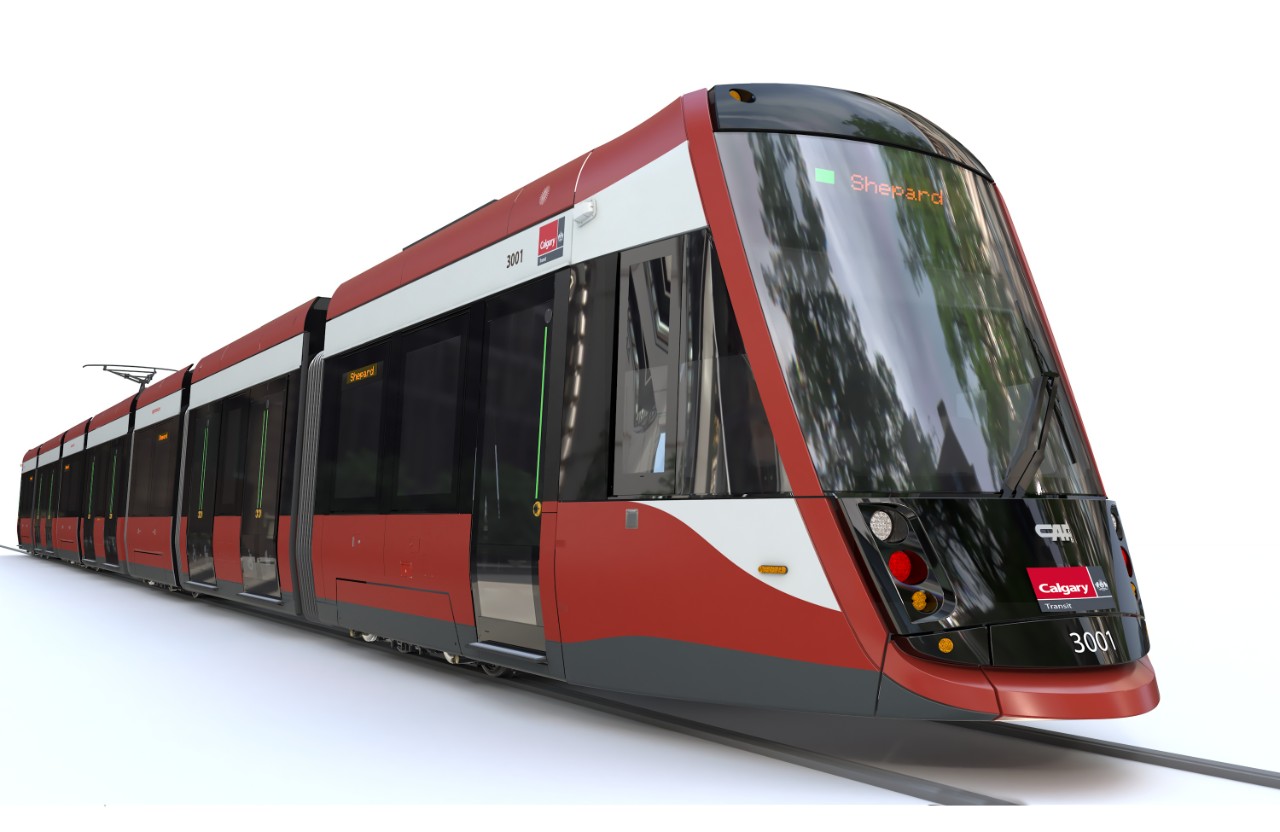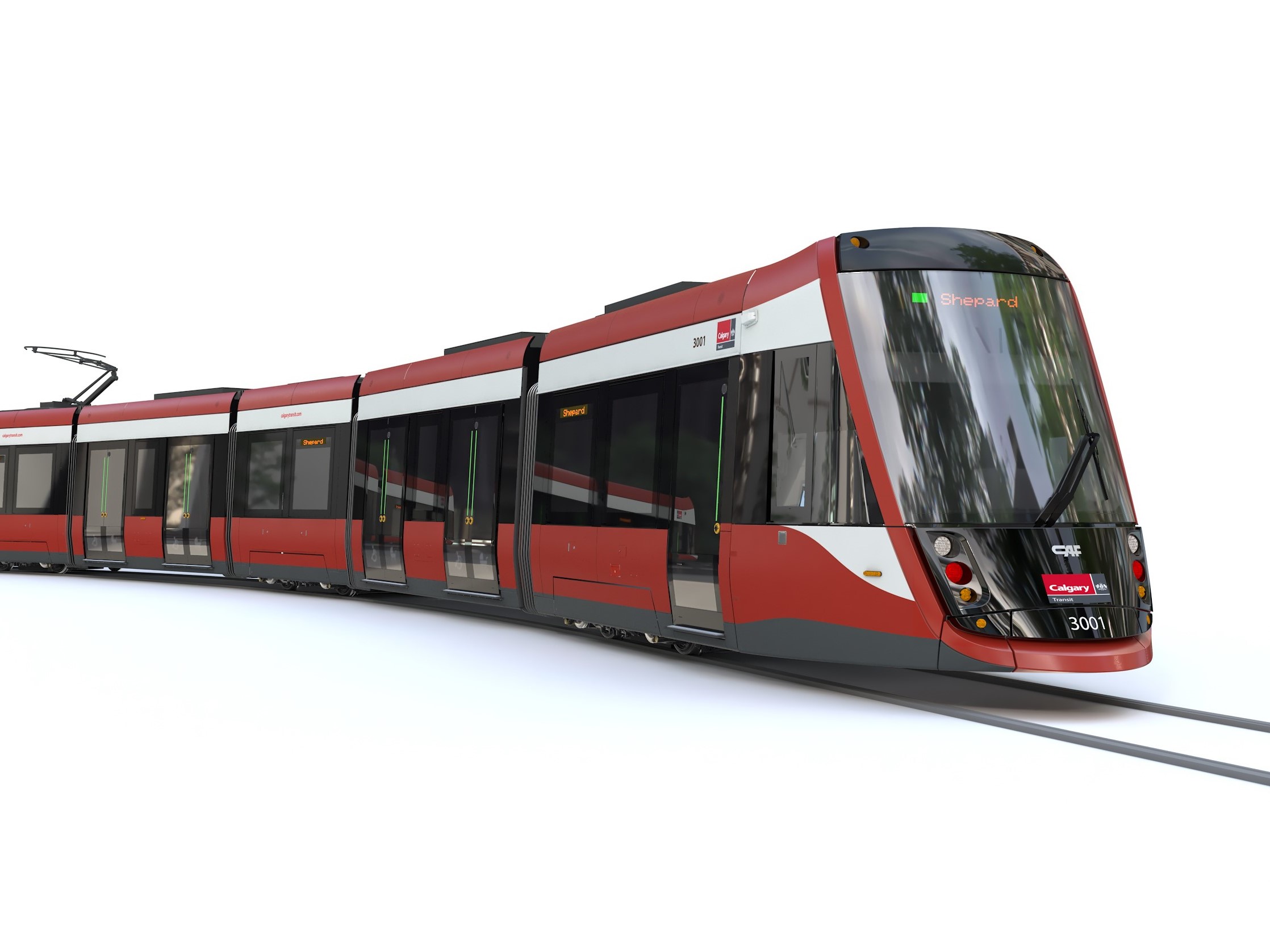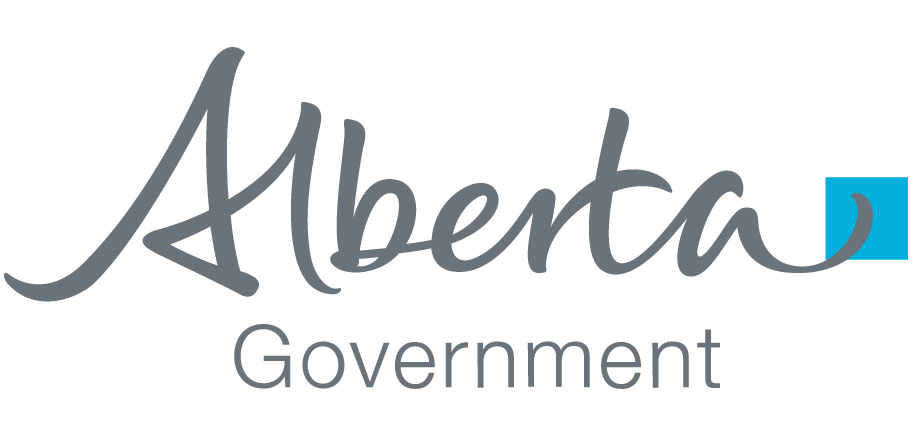Low floor trains
Low floor Light Rail Vehicle (LRV) technology has been the standard in Europe, Asia, Australia and New Zealand for decades. It’s now becoming the choice for new Light Rail Transit (LRT) systems across North America because of the many benefits it offers.
Lower platforms and improved accessibility
- When standing in a high floor train you are approximately 1 metre off the ground. Inside a low floor train, you are 0.34 metres off the ground, which is slightly higher than a sidewalk curb.
- Lower platforms make it easier to access trains because stairs, long ramps and escalators are not necessary for street-level stations.
- The low floor trains also offer many accessibility benefits.
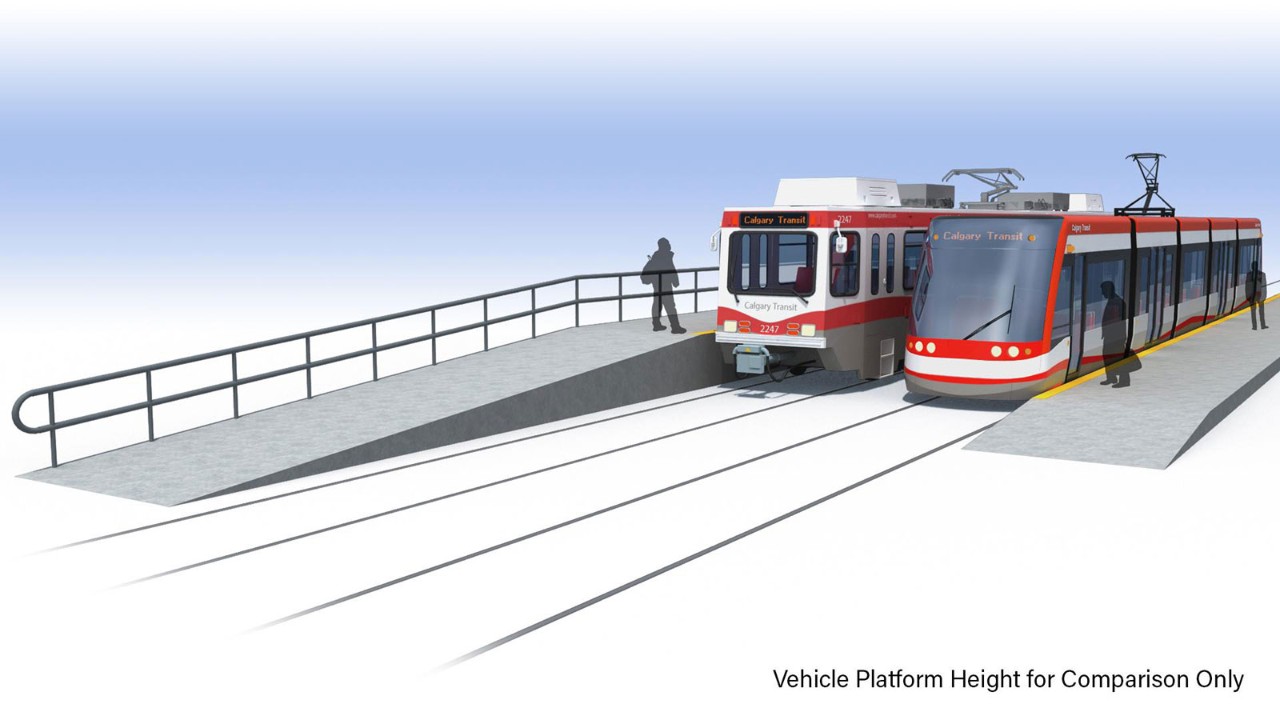
Comparison of heigh of platform for high floor train and low floor train.
Station design that integrate easily into the surrounding area
- Low floor transit systems can allow for station designs that are smaller, simpler and integrate easier into the community than high floor systems.
- Stations at street-level don’t require large station structures, so the footprint of the station tends to be smaller.
- Access to street-level stations is seamless from sidewalks and pathways.
Comparison of street-level stations on low floor and high floor LRT systems
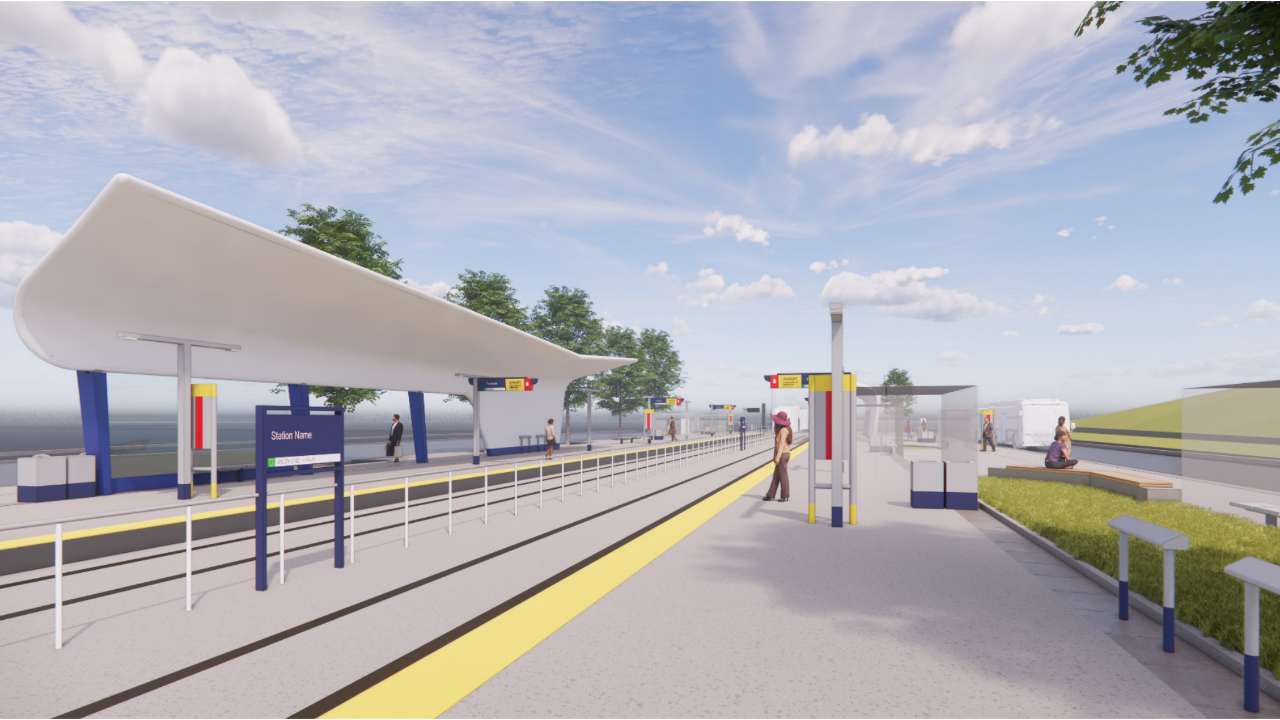
Low floor
A typical street-level Green Line station is easy to access and integrates seamlessly into the urban enironment.
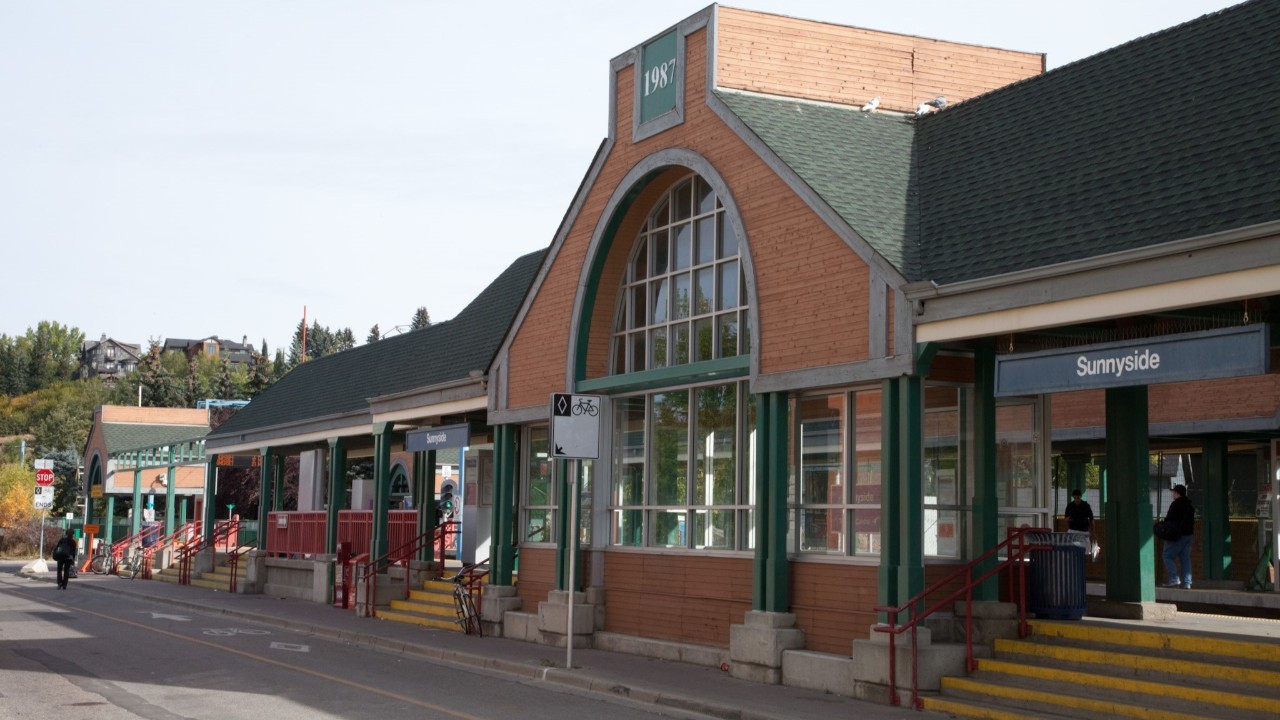
High floor
To access the platform at Sunnyside Station multiple stairways and ramps are required.
Cost savings
- Low floor transit stations at street-level usually require less infrastructure than high floor stations do, resulting in overall cost savings during construction.
- Many of Calgary Transit’s existing stations require bridges to access stations, and escalators, elevators and stairs to reach the platform. These make the stations more expensive to build.
- Repairs to elevators and escalators are costly and time intensive, and impact accessibility when they are out of service.
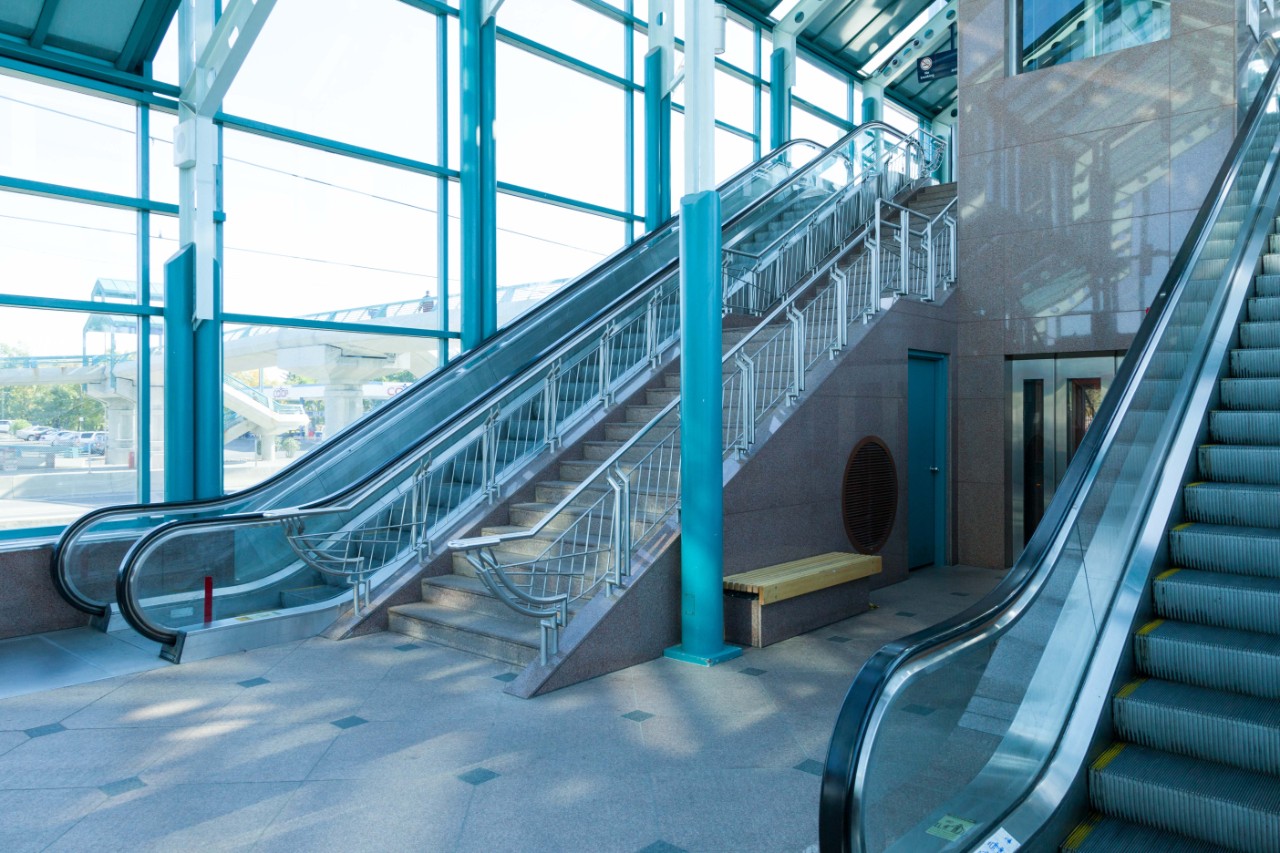
Enhanced vehicle and pedestrian safety
- A hood covers the train coupler (the mechanism that connects train cars). This reduces injuries in collisions with vehicles or pedestrians.
- The curved front of the vehicle and skirting along the base is designed to limit pedestrian injuries.
- In the event of a collision with another train or a road vehicle, the front of the vehicle is designed to absorb the energy of the collision.
